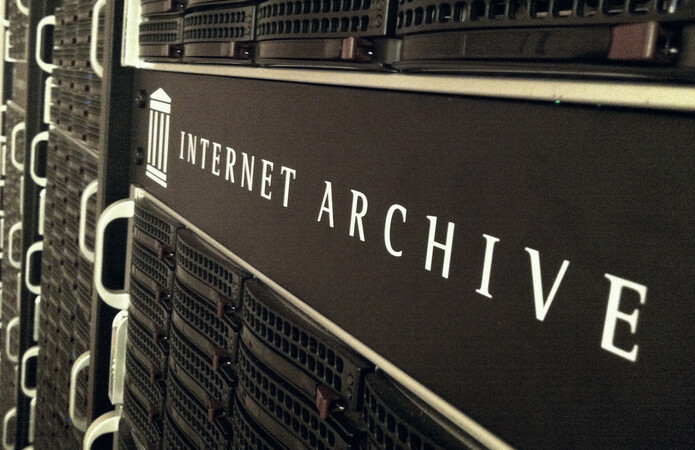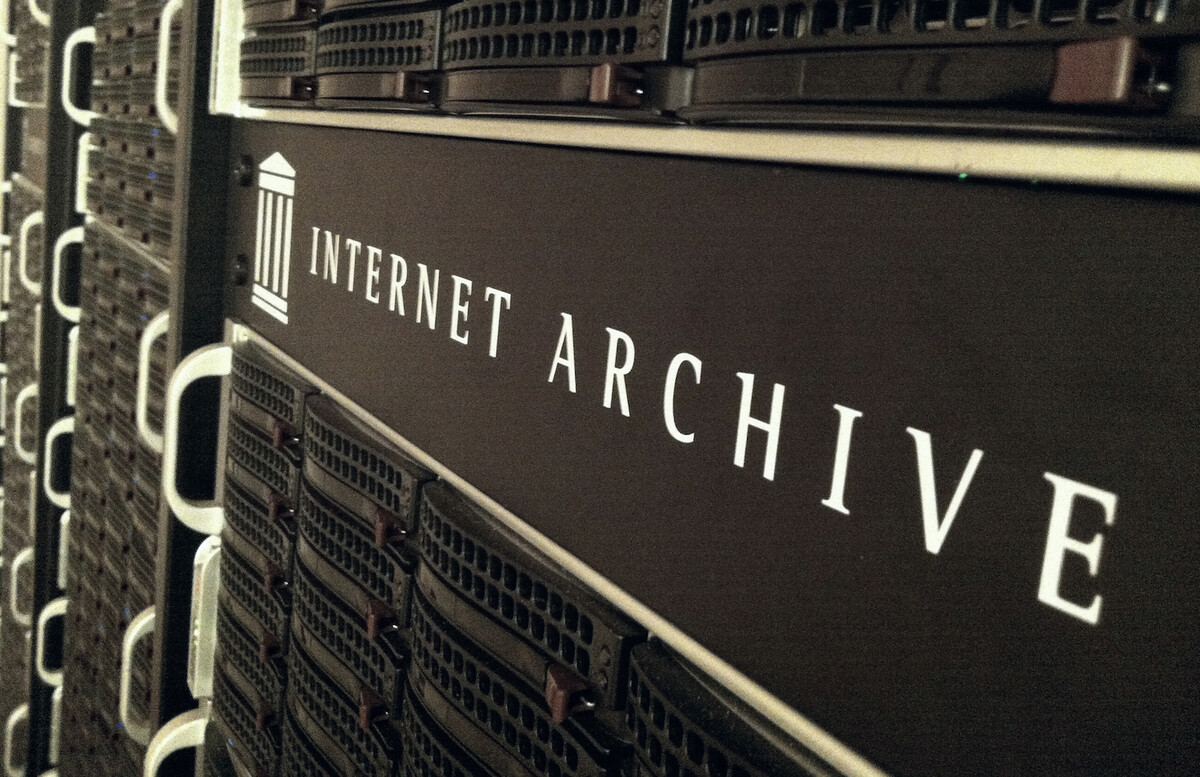Credibility of web documents
+ Add to Google News
- Opinion
- ro
- en
- FlorinM
- 5 years ago
- 2020-07-20 08:00:00
- comments
- : 1 minut 8 secunde
- image: Google images
About 30 years ago, when the first web page of the Stanford Elementary Particle Physics Laboratory - SLAC - appeared on the Internet, in the virtual public space, in fact, a test page entitled "Slac Home Page for World", loaded March 6, 1992 - http://www.slac.stanford.edu/archive/1992) it was impossible to estimate the scale of the World Wide Web, HTML publishing, and virtual space navigation.
The ease of making web pages and the incomparably lower costs of Web advertising compared to traditional advertising media (Television, radio, or print publications) have meant that, in just a few years, the World Wide Web, introduced as a way of scientific cooperation, has it becomes a space for advertisements of all kinds, an environment for training or searching for another personality. As early as January 1996, Matthew Ciolek1 noticed the invasion of mediocrity, talking about the transition from WWW to MMM (Multi-Media Mediocrity).
The analysis of Web documents was done at the beginning based on the review and cataloging criteria developed for printed publications. The domain is associated with librarianship and regarding the transition of traditional libraries to virtual libraries. In parallel, especially for commercial reasons, criteria have been developed for classifying Web centers, in order to establish a hierarchy (top of Web centers), most often based on the number of votes cast by visitors, taking into account more form - the way of presentation, modernity and visual impact, than the thematic content. A number of publications around the world regularly publish these results, more or less detailed.
- powered by Verysign














